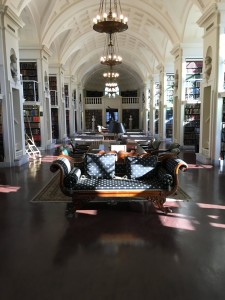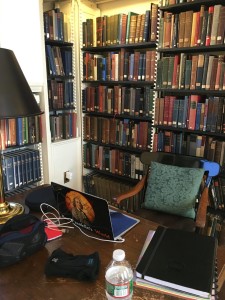 Do you know Flat Stanley?
Flat Stanley is a paper boy that kids cut out, color, and send to friends, family, and pen pals. These friends and correspondents take pictures of Stanley in different places and send those pictures back to his owner. Once the pictures come back, the kids write stories about where Stanley has been and what he did during his trip(s).
Do you know Flat Stanley?
Flat Stanley is a paper boy that kids cut out, color, and send to friends, family, and pen pals. These friends and correspondents take pictures of Stanley in different places and send those pictures back to his owner. Once the pictures come back, the kids write stories about where Stanley has been and what he did during his trip(s).
The Flat Stanley exercise helps kids learn “authentic literacy.” Kids get to create and write about the stories and ideas they are passionate about.
Flat Stanley made me wonder, can historians and history teachers use a version of this idea to help kids learn and become passionate about history?
In this post, you will discover my new experiment for 2016: #TravelinBen.
The Inspiration
I have two nephews and a niece.
I met my eldest nephew when he was 6 or 7 years old. He talked my ear off for hours about Pokémon during our first meeting. It was cute even if I had no idea what to do with the conversation. Today, he’s 18 and a freshman in college.
My other nephew and niece are young. My youngest nephew is 1 year and my niece is 3.5 years old.
Admittedly, I am not a baby person and I feel (and likely look) clueless around little kids. However, my niece has decided she won’t stand for a clueless auntie.*
Every time I walk into her house for a visit, she runs up, gives me a hug, and takes me to her playroom. We color, build Lincoln Logs, go shopping at her store, play doctor, and serve tea with her princess tea set. Mostly, she just bosses me around.
It’s cute and smart. My niece is bringing me into her little-kid world through play.
My niece's intuitive actions have caused me to wonder whether the process can be reversed. If a 3.5 year old can bring a 34 year old into her world through play, why can’t I bring my niece into my world using the same idea?
If my niece loves to play princess tea party, why wouldn’t she love to play Boston Tea Party?
2016: The Year of Travel
 I am not sure how it happened, but January may have been the only month when I don’t travel in 2016.
I am not sure how it happened, but January may have been the only month when I don’t travel in 2016.
Conferences, speaking engagements, family, and my ability to work remotely have combined so that I will visit Switzerland, Tampa, Baltimore, Providence, Honolulu, Kauai, Worcester, New Haven, Chicago, and central Florida by the end of September.
Trips to Ireland, England, and a second visit to Switzerland are also possibilities.
Remembering Flat Stanley
Over Christmas, I told my parents about how much travel Tim and I had planned in 2016. As we discussed both the craziness of our schedule, and how lucky and fortunate we are to travel, I saw Addison playing. The sight triggered the memory of Flat Stanley, who accompanied us on a family trip years before for a cousin.
Flat Stanley + Podcast Ben = Travelin’ Ben
 I have friends and family who find my enthusiasm for early American history a bit eccentric. They send me bobbleheads and tell me about quirky items like the Unemployed Philosopher Guild’s Ben Franklin doll.
I have friends and family who find my enthusiasm for early American history a bit eccentric. They send me bobbleheads and tell me about quirky items like the Unemployed Philosopher Guild’s Ben Franklin doll.
He kind of looks angry, but I liked him so I bought one for my desk. I call him "Podcast Ben." He sits by my mic and watches me produce Ben Franklin’s World.
After Christmas, I looked at Podcast Ben and thought: What if instead of Flat Stanley, I used Ben?
What if Podcast Ben could inspire “authentic literacy” and add a dash of history to the kids' experience?
Travelin’ Ben
I renamed Podcast Ben, "Travelin' Ben."
I will take him on my trips and use him as others use Flat Stanley. I will take pictures of Ben at unique places, historic sites, and when we are just having fun.
I plan to tweet my pictures with the hashtag #TravelinBen. At the end of the year, I will create a photo book for my niece and nephew so when they are older they can create stories and I can introduce them to history.
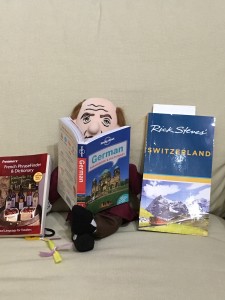
*In New England, we pronounce aunt and auntie with the “au” sound in “haunt."


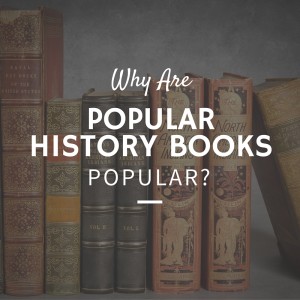 What makes popular history books "popular?"
Over the last few months, I have read several popular history books for
What makes popular history books "popular?"
Over the last few months, I have read several popular history books for 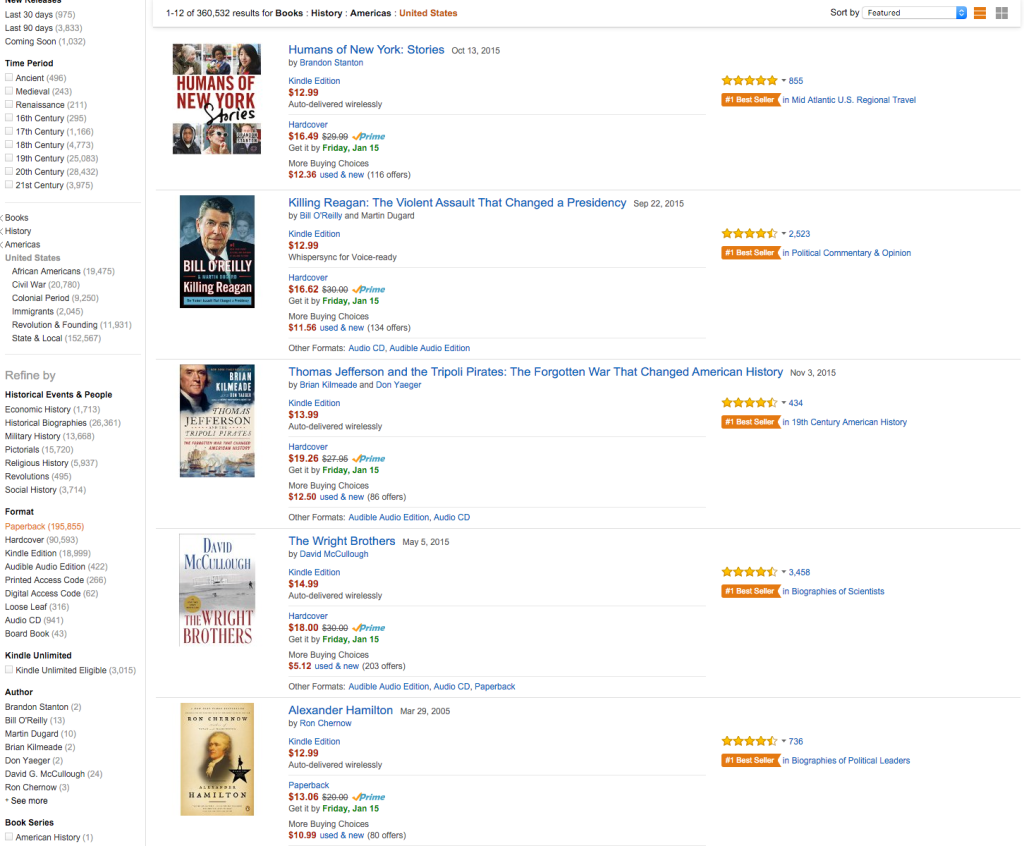
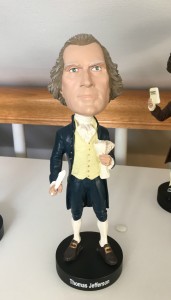 January 7 is National Bobblehead Day.
January 7 is National Bobblehead Day.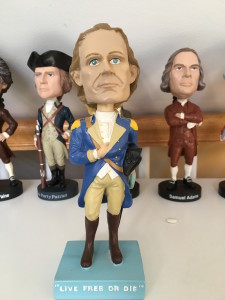
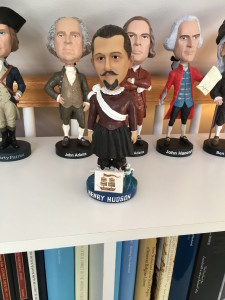
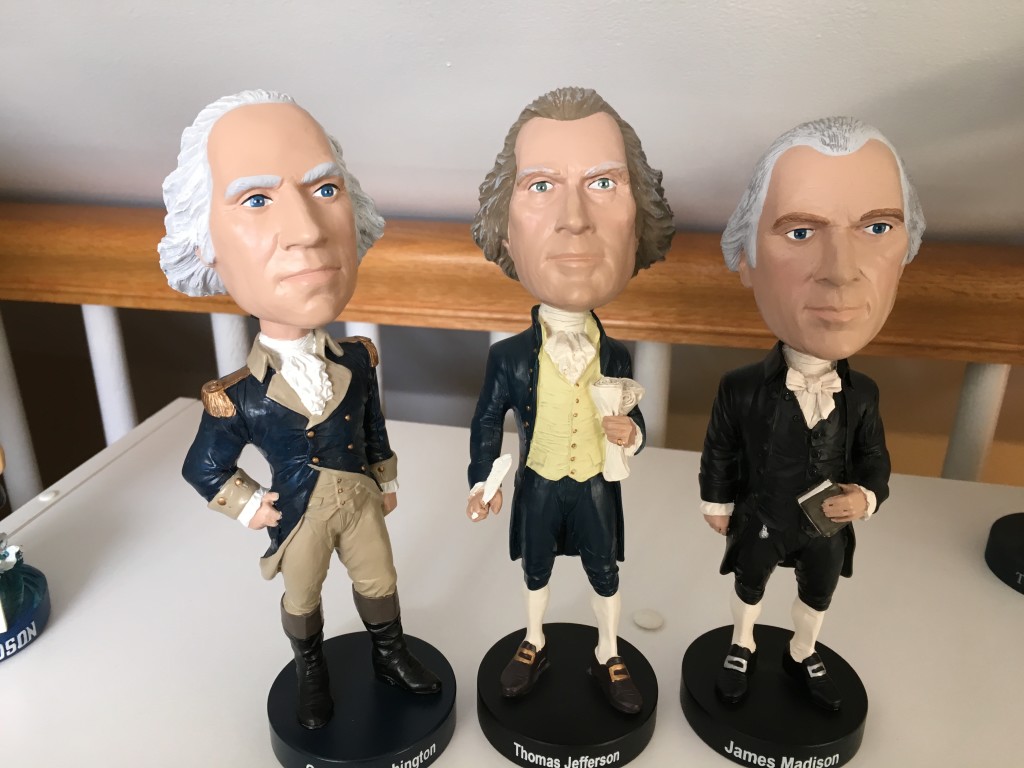
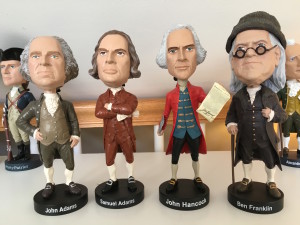
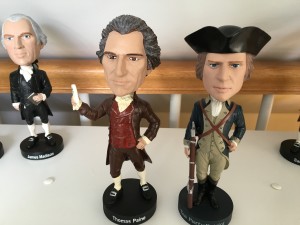
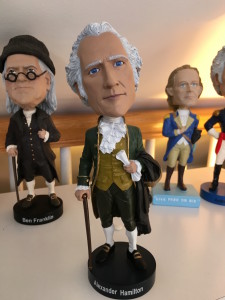


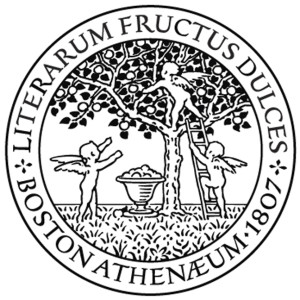 I am excited to announce that the
I am excited to announce that the 